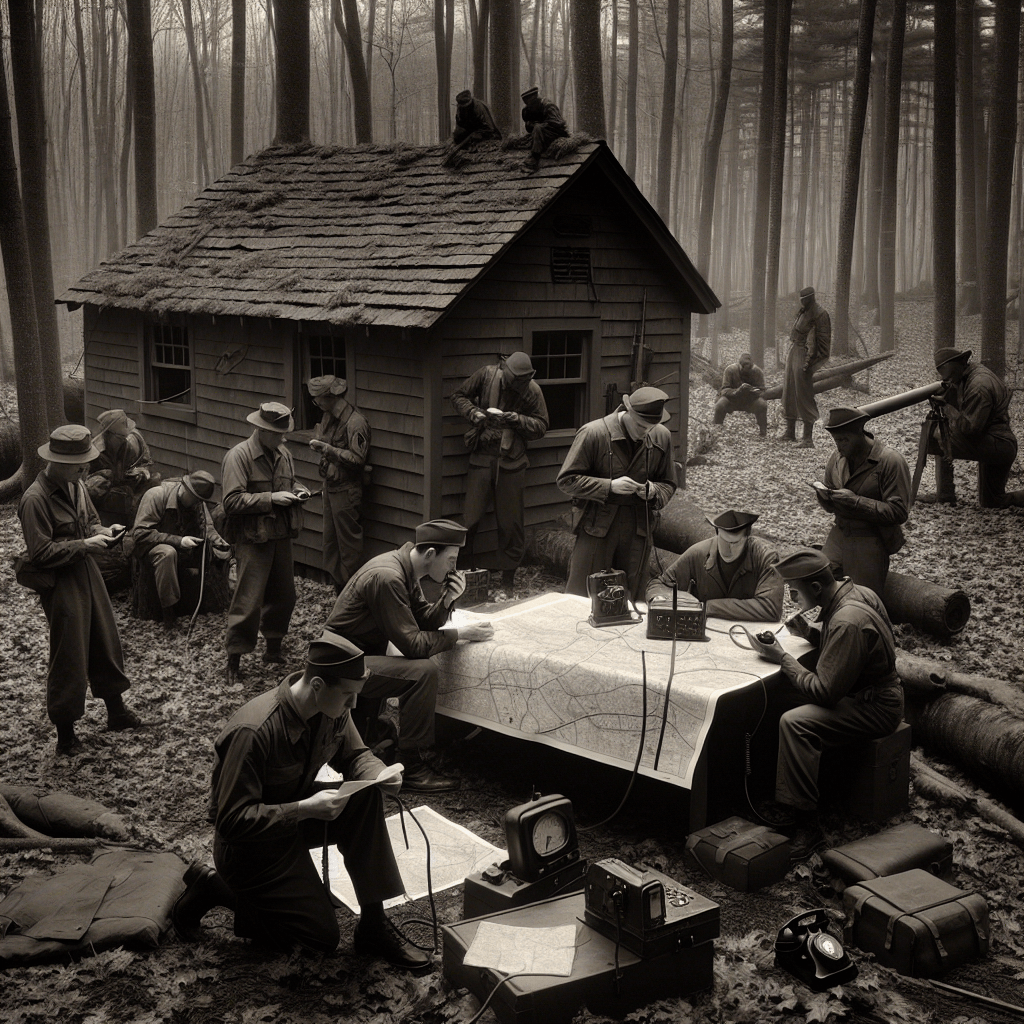The Fascinating Tale of the Ministry of Ungentlemanly Warfare: Covert Ops of World War II
World War II remained a hotbed for the unique blend of valor and innovation, manifest in both the frontlines’ relentless military engagements and the covert operations that simmered in the shadows. Among such unsung endeavors stands a striking embodiment of British ingenuity and audacity – the Ministry of Ungentlemanly Warfare. This entity, although not its official title, was at the forefront of clandestine activities designed to cripple the Axis powers through means that defied the conventional norms of warfare. Here unfolds the story of this extraordinary initiative, its significant operations, and the lasting legacy it left upon wartime espionage and sabotage.
Genesis of Covert Combat Operations
The Ministry of Ungentlemanly Warfare begun unofficially as an assembly of mavericks, given the informal moniker owing to its acceptance and encouragement of irregular warfare tactics. Rooted officially in the establishment of the Special Operations Executive (SOE) in 1940, on the orders of Prime Minister Winston Churchill, who urged the SOE to “set Europe ablaze”, this shadowy faction sought to facilitate espionage, sabotage, and reconnaissance behind enemy lines. Their operations were deemed “ungentlemanly” because they fought a silent war far from traditional battlefields through subterfuge, sabotage, and assassinations rather than open conflict.
Key Personalities Shaping Secretive Measures
Driving these covert operations were figures who embodied a deep-seated spirit of resistance against occupation and totalitarianism. Men like Colin Gubbins, a leading architect of irregular warfare doctrine for Britain, played a crucial role in directing operations that were to dismantle key enemy infrastructure intricately weaved into Nazi and Axis-held territories.
Training Agents for Unconventional Warfare
Undergirding this unorthodox ministry was exhaustive preparation focusing on survival tactics, silent killing, demolition, international communications, and resistance networking. Training facilities scattered throughout Britain, like the legendary Camp X in Canada practiced by agents who would go on to carry out dangerous missions overseas.
Notable Operations: Embodiments of Difficulties and Triumphs
The chronicles of the Special Operations Executive are etched with perilous feats often worthy of a spy novel – the sabotaging of heavy water production in Norway essential for German atomic research (Operation Gunnerside), the Canadian-led destruction part of Operation Chastise (more commonly known as the Dam Busters raid), among numerous other clandestine assaults injected chaos into enemy ranks.
Enduring Impact: The Legacy of Shadow Warriors
As important as overt triumphs on battlefields were landmarks victory achieved through unconventional strategies. The daredevil escapades of this Ministry laid rudimentary protocols enabling today’s covert operations. Deception techniques developed are mainstays now in modern military strategy; camouflage, misinformation, assault – appropriately quieter yet arguably no less potent than those administered through overt might.
Noteable Innovations: Stirring Ripples Across Time
Though not as prominent as tank divisions or air fleets in history’s limelight, the cross-pollination influence between SOE’s stratagem can be seen across contemporary security disciplines. Intelligence gathering, cyber warfare bears striking similarities – guidelines blazoned into existence by this group’s wartime necessity innovation.
Dangers and Sacrifice Behind Enemy Lines
Participants in these secretive skirmishes faced daunting odds with many not returning home. It is envisaging an homage invisible valiant soldiers whose exploits were unseen painted similar shades courage traditionally celebrated combatants.
